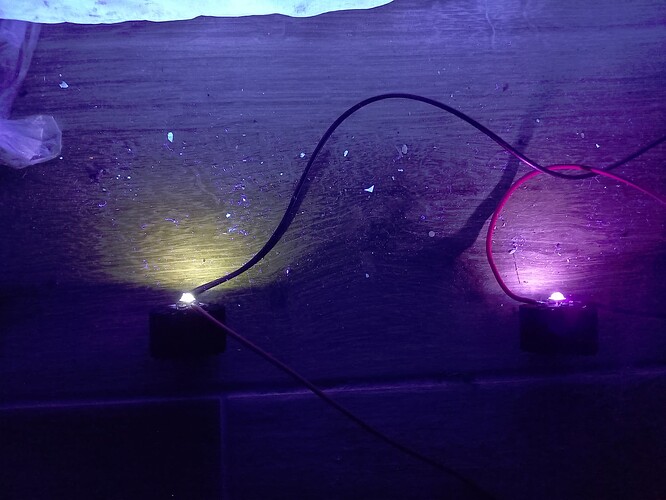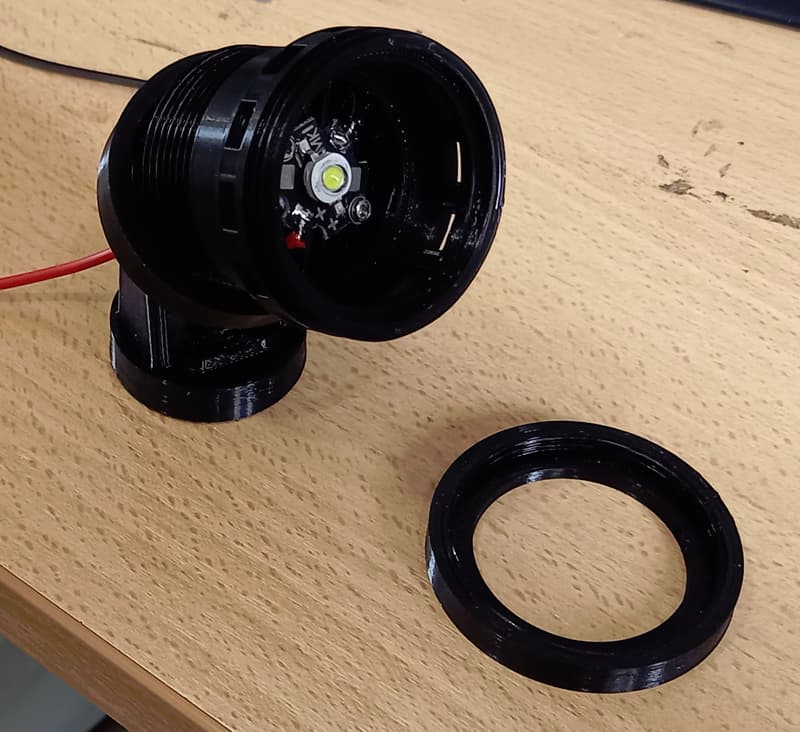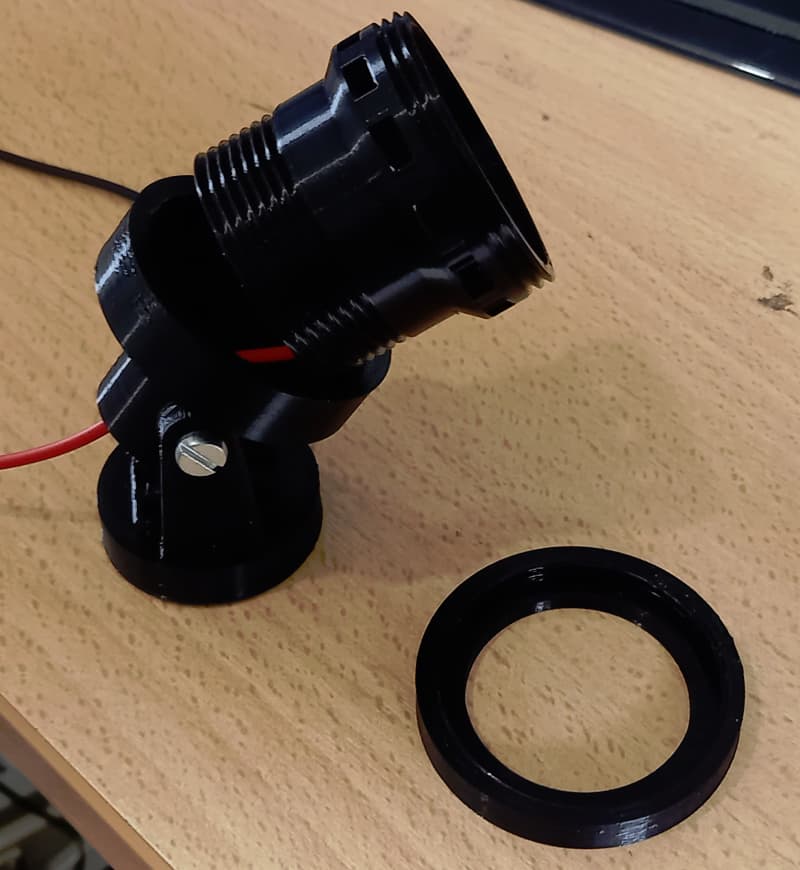Hi,
Does anyone have a link for a reliable seller for some reasonable quality 3W 365nm UV LEDs? Preferrably on a star PCB because I don’t really want to reflow solder emitters myself. I would prefer to spend less than €5 per LED if possible.
EDIT: I need a 120 degrees dispersion or at least 90 degrees.
Something with not too much visible light spill would be nice but I will be using these with ZWB2 filters so some spill is okay.
I don’t mind buying from Amazon, eBay or AliExpress but apparently there are many sellers that sell stuff purporting to be 365nm LEDs whereas in fact what you will get is a 395nm LED or even just a purple colored one.
I’m located in the Netherlands so a local or European source would be fine too.
I need these fairly quickly, say in the next 2-3 weeks as they are meant for a Halloween rig I’ve been working on. To be more specific they are going to be used to light up a skeleton that has been painted with white UV fluorescent paint to do a Pepper’s Ghost illusion, which is a reflection of something in a sheet of glass to make something appear and disappear as a semi-transparent ghost.
I would really like to use UV for this because the hidden chamber and the ‘display’ area are rather small and very close together and having bright white LEDs would probably cause too much spill into the ‘display’ area and ruin the effect.
I already have 6 UV LEDs that I bought from a local shop months ago and the single one that I tested back then was absolutely fine. The specs are as follows:
3W UV 365-370Nm Epistar power LEDs on black 20mm star PCB
Specifications:
Power: 3W
Emitting Color: Ultraviolet 365-370nm
Recommended current: 700mA
Forward Voltage: 3.2-3.6V
Beam angle: approximately 120-140 degrees
With double gold wire (99.99%) and copper frame
Quantity: 10 pieces
So the one I tested was just fine and plenty of UV came through my ZWB2 filters and it had a blueish-white spill to them.
The second one was fine as well but then the 3rd to 6th LEDs from the same package turned out to be very different: instead of a blueish-white visible light spill it is has a distinct purple light spill and much less UV gets through the ZWB2 filters. The paint that I used to paint my skeleton is formulated specifically to respond to 365nm, not 395nm. Below is a picture showing the difference between these two:
The one on the left is the first one which appears to be a proper 365nm LED. I think the one on the right is actually a 395nm LED because of the purple glow and the fact that much less UV seems to be getting through the ZWB2 filter.
It’s strange because all 6 LEDs came on star PCBs that were still joined together, so they got mixed up when they were reflow soldered, either by accident or deliberately.
I did find some alternative sellers of UV LEDs but like I said I have no way of knowing if I will be receiving genuine 365nm LEDs or fakes:
https://nl.aliexpress.com/item/32319049384.html
https://nl.aliexpress.com/item/33010543252.html (why is this one so expensive?)
TL;DR Would like some links to reliable sellers of 3W 365nm UV LEDs on star PCB with 120 degress dispersion, or comments regarding the sellers above.
Thanks




